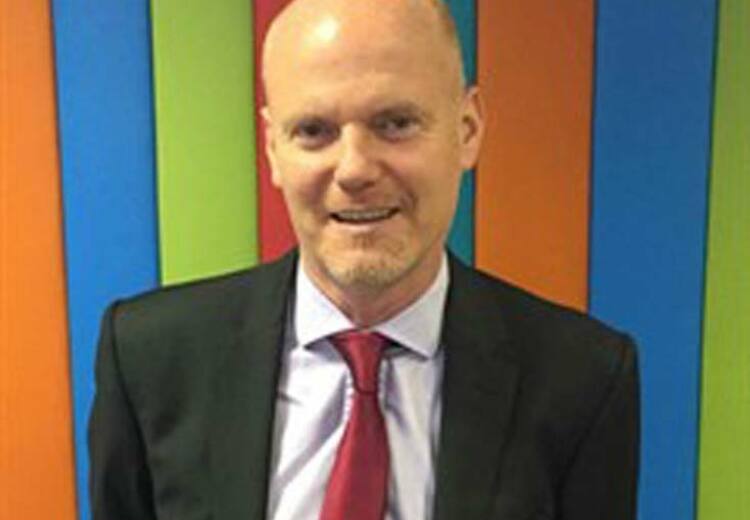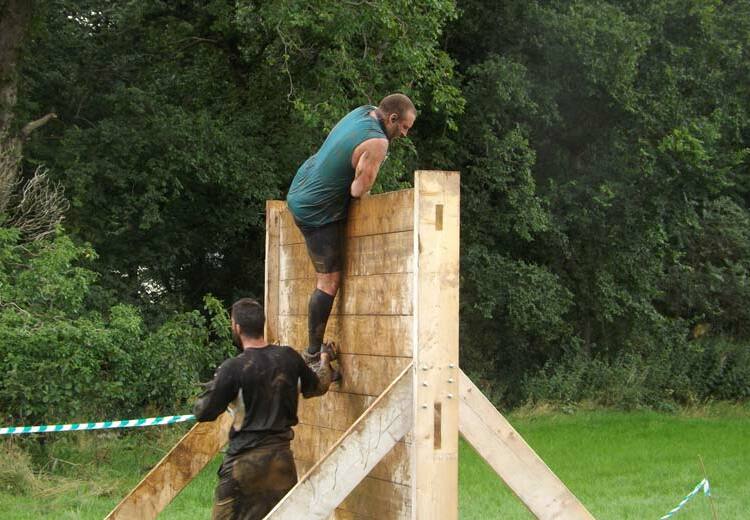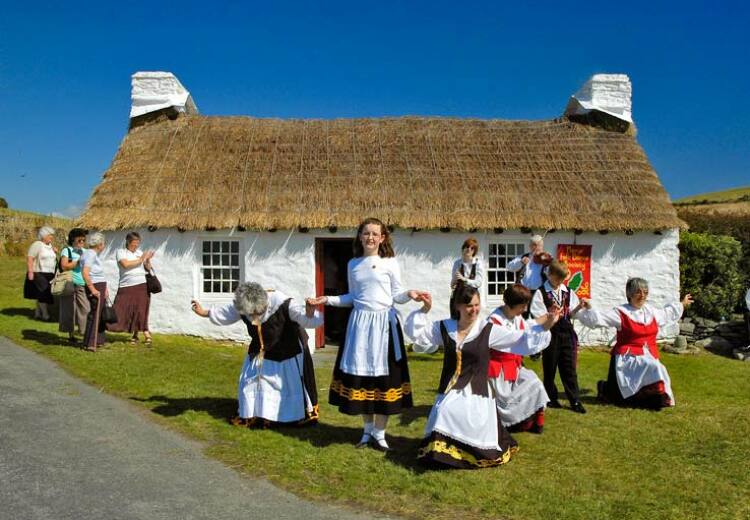A new approach to tackling conflict in schools is paying off for pupils and teachers alike.
Several schools on the Isle of Man are piloting the use of restorative justice as an additional approach to resolving issues such as harmful behaviour, playground incidents and bullying.
Restorative justice is based on a traditional principle of community living – that when harm is committed, it must be acknowledged and repaired in a process involving all the parties affected.
In schools, this process allows ‘harmed’ pupils to meet pupils who have behaved badly towards them in a structured and organised way, with a teacher acting as facilitator and following a script that guides the meeting.
Dave Colley, School Improvement Adviser with the Department of Education and Children, explained that the emphasis shifts away from the questions ‘why did you do it?’ and ‘how should we punish you?’ towards ‘who has been harmed?’ and ‘how should we repair the harm?’
Restorative justice approaches in schools have a focus on five key questions: What happened? What were you thinking? What were you feeling? Who has been affected? What needs to happen next?
‘Pupils attend the restorative justice meetings and listen in the knowledge that they will have their time to speak during the process. Both the harmed child and the child who has caused the harm can formally express their perspectives and the solution is generated by the young people themselves, and not the adults or teachers,’ Mr Colley said.
It is hoped the innovative approach will ‘break the cycle’ of poor behaviour among a small minority of pupils who repeatedly offend and reduce suspensions.
‘Restorative justice promotes the DEC initiative of ‘pupil voice’ and can be a cathartic process for everyone involved if used appropriately,’ Mr Colley said. ‘It is not always a suitable way of resolving conflict because both the harmer and the harmed student must both agree to participate but, where it is, it is a powerful way of releasing children from conflict, allowing everyone to move on with learning and feeling positive again about their education rather than harbouring ongoing concerns.’
Twelve teachers from six local schools, three primaries and three secondaries, have been trained in the use of restorative justice. Trainees observed a real-life session involving a secondary school student who had harmed a classmate. In attendance were two facilitators, the harmed student, supported by a parent, and the student who had committed the harm, supported by a member of staff.
‘The harmed boy described what had happened and the harmer had an opportunity talk about how he was feeling, both at the time and subsequently,’ Mr Colley said. ‘It is a really different approach to “you have broken the rules and you will be punished”. The parent of the young man who was harmed had the opportunity to describe the anguish she and her family felt following the incident and this was a particularly powerful interaction. The solution, generated by the students themselves, was an apology and a handshake but neither was cursory; the meeting was meaningful to both parties.’
Mr Colley added: ‘This boy had a long record of behavioural difficulties and educational disengagement. From that meeting on, and with other changes to his life, too, he turned around his disengagement with learning and completed his GCSEs. My sense is that the restorative justice meeting was a powerful factor in that successful outcome.’
Ballasalla Primary School is one of the schools using restorative justice to tackle challenging behaviour and headteacher Lyn Ashworth said: ‘It has proved particularly successful with helping aggressive children understand the consequences of their actions when hearing how they make people feel, not just physically but emotionally too. The use of the scripts ensures consistency of approach and enables staff to remain calm and unravel problems without showing bias or jumping to conclusions.’
A teacher training day in January 2012 will focus on a range of approaches for pupils with special educational needs, including restorative justice. However, it’s a whole-school approach, Mr Colley stressed, and could be extended to other schools – and used to resolve pupil-staff conflict, too.
Peter Karran MHK, Minister for Education and Children, welcomed the use of restorative justice in schools, saying: ‘In terms of repeated punishment, we find that pupils who offend often do so perpetually and we have to break the cycle and take another approach, now it’s available to us.
‘It is about making sure that young people develop with a sense of responsibility as well as right and restorative justice is a great way of highlighting that balance.
‘This will not be appropriate for every school to use every day. But it’s there, it’s exciting, it’s different and it’s something schools can add to their armoury of solutions to difficult school issues.’
- Ends -
Friday 9th, December 2011 01:43pm.







